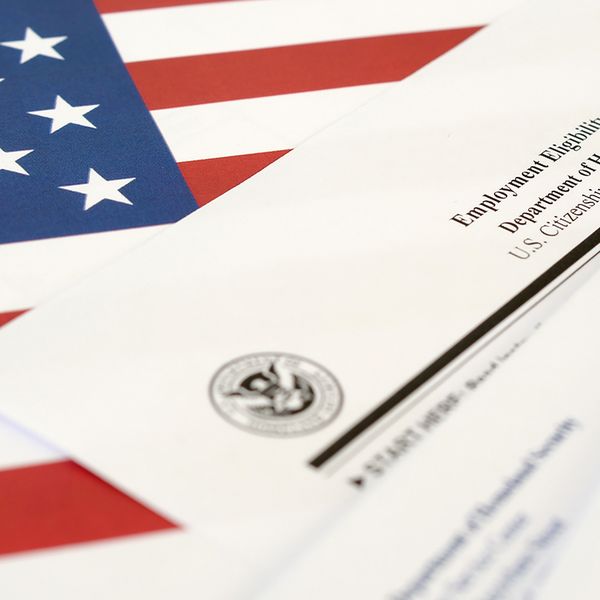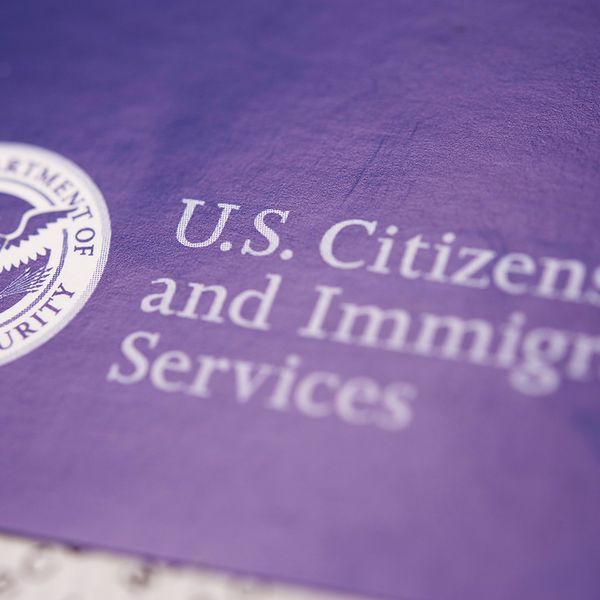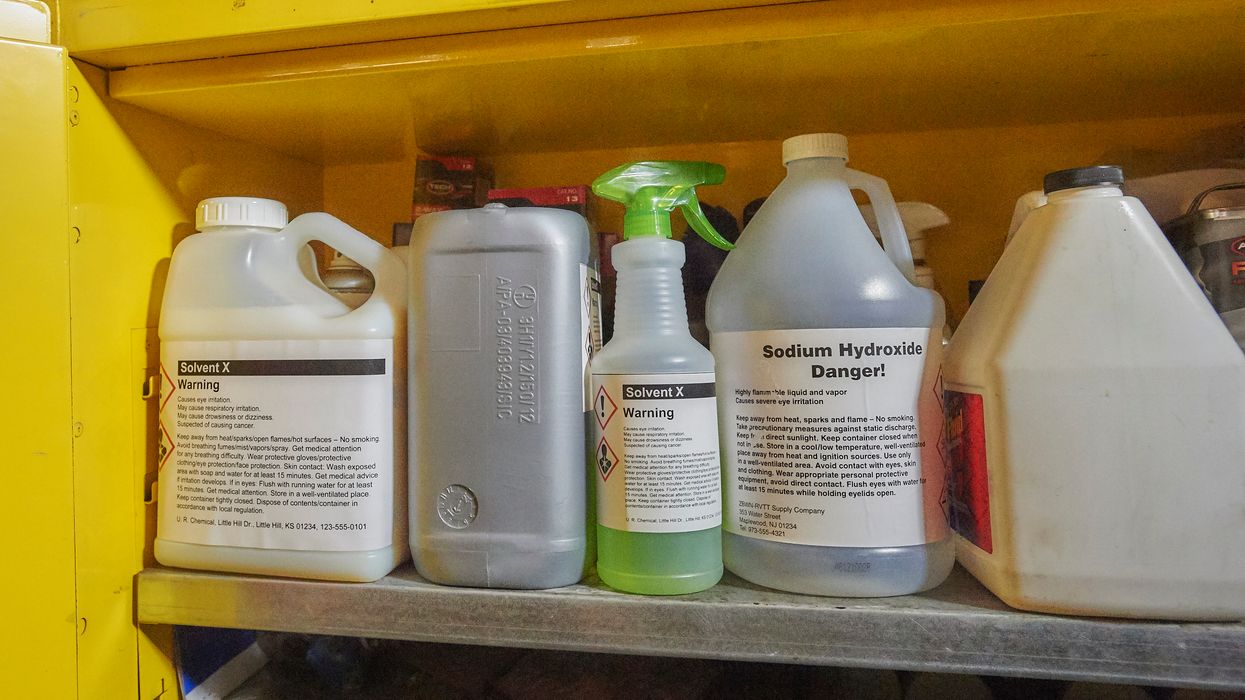ICE enforcement: Businesses need to prepare or pay the price
From worker absences to paperwork slowdowns and violations, employers need to understand how immigration enforcement will impact their business’s ability to keep operating.
Employers face three primary workforce continuity challenges relating to the government’s emphasis on employment authorization, notes John Mazzeo, an attorney for i9Success who worked for Immigration and Customs Enforcement (ICE):
- Employee ineligibility: Policy changes (such as termination of temporary protected status) can result in the loss of employment authorization.
- Inability to get new documents: Slow processing times may result in a document expiring before a new document is received.
- Fear: Workers may fail to show up because they are afraid of being detained and removed.
AI speeds things up
Government policy is not the only reason more workplaces are hearing from ICE. Artificial intelligence (AI) models that can draw trends from numerous data sets, including Forms I-9, E-Verify data, and wage and tax information, make ICE enforcement more efficient.
“We will see more notices of inspection and fines because AI can do it faster,” said Mazzeo, who spoke at the 2025 Society for Human Resources Management (SHRM) annual conference.
Agents who previously relied on intuition and a phone book when selecting businesses for audits and worksite enforcement now have advanced AI tools at their disposal. A workplace may be targeted because of its prior violations, industry, geographic location, or job type.
Paying the price
Immigration enforcement can lead to fines for employers as well as workplace disruptions. Noncompliance can result in fines of:
- $288 to $2,861 for paperwork violations for each Form I-9
- $716 to $5,724 per worker for knowingly hiring, recruiting, referring, or retaining unauthorized workers (first offense)
- $5,724 to $14,308 per worker for knowingly hiring, recruiting, referring, or retaining unauthorized workers (second offense)
- $8,586 to $28,619 per worker for knowingly hiring, recruiting, referring, or retaining unauthorized workers (third or subsequent offense)
In addition, employers can face criminal sanctions and may be removed from the E-Verify program, which is required for federal contractors.
What happens tomorrow?
To mitigate penalties and ensure they can continue to operate, employers need to think about what it would mean if ICE appeared on their doorstep.
In terms of business continuity, they not only need to consider the raid itself, Mazzeo said, but what happens the next day. The question, he noted, becomes, “How do I operate tomorrow?”
It’s not only the business visited by ICE that may lose workers. Workplaces near a business that has been targeted, or those in a similar industry, may also experience the loss of workers who are afraid to come to work.
6 tips to cope with continuity challenges
To continue to operate in an era of increased immigration enforcement, Mazzeo advises employers to prepare with these six steps:
- Understand your risk profile.
- Have a Form I-9 policy and determine what steps to take when an individual cannot establish work authorization.
- Subscribe to legal updates.
- Audit your process, from job posting through termination.
- Understand your workforce. Determine which employees could become ineligible for work authorization. Start the renewal process early, as documents may be susceptible to production delays, and have a plan if work authorization is lost.
- Determine how your organization would handle an immediate or sudden loss of noncitizen employees.
Key to remember: Employers need to understand how an emphasis on immigration enforcement impacts their workforce and create a plan for continuing to operate if their workers are impacted.

































































